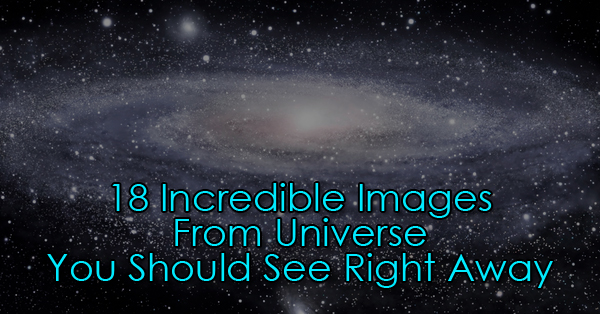Space is huge, complex and incredibly beautiful too. So, be prepared to be humbled by watching some of the most beautiful and must watch images from universe. Here we have got a collection of photos which will make you believe space is incredibly beautiful. Have a look.
1. Orion Nebula, is one of the brightest nebula and is also visible through naked eye in night sky.
ADVERTISEMENT
2. Solar flares are a sudden brightening observed on the sun’s surface.
3. Have a look at the two galaxies colliding, which was discovered more than 130 years ago.
4. Massive eye of god commonly known as Helix Nebula
5. A bright Superbubble, is situated somewhere around 160,000 light years from Earth.
6. A huge spinning Vortex over Saturn’s North Pole.
7. This is what looks similar and also known as Crab nebula.
8. Look at the formation of new planetary nebula, also known as the lagoon.
9. The Exact whirlpool galaxy
10. Horsehead Nebula is cloud of ionized hydrogen in the constellation Orion
11. This is the hubble space telescope.
12. The small magnelic cloud is also considered to be dwarf irregular galaxy.
13. This is one of the oldest recorded supernova in space.
14. The massive black hole outburst in Galaxy
15. The Enigmetic cloud, first discovered by IRAS in 1983
16. Spectacular centaurus A.
17. Due to shorter spiral arms, this is known as flocculent galaxy.
18. Extremely warm nebula – Red spider Nebula.
Did you love them all?




















